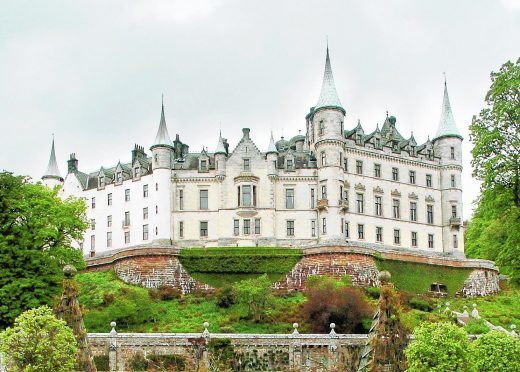A flood of proposals for new whisky and gin distilleries across the north has left a leading economist baffled.
Inverness-based Tony Mackay has warned of a potential “risk” to some investors.
The most recent proposals include distilleries for Nairn, Dingwall and Dunrobin Castle in Sutherland.
Two rival distilleries have been in the pipeline for northwest Sutherland for a couple of years, one of them a community-led project.
Construction work on new distilleries is already underway at Ardnamurchan and on the islands of Harris and Raasay.
Dingwall’s proposed community-run GlenWyvis (CORRECT) distillery is edging closer having recently smashed its investment target.
The Loch Leven Hotel at North Ballachulish hopes to start distilling its own gin using locally gathered plants.
Writing in his monthly economic report, Mr Mackay states: “I continue to be bemused by the flood of plans for new whisky, gin and other alcohol distilleries in Scotland.
“The investors involved are not interested in the overall demand/supply balance. They believe they can realise their desired market shares even if overall whisky consumption declines.
“Some of them seem risky investments to me but good luck to them all.”
Scotch whisky is a cyclical industry because of the time it takes to invest in new capacity and then distil the spirit.
Some whisky is sold after maturing for three years, notably for blends. But some single malts are not sold before 10 years.
Mr Mackay points out that the industry has to take a long term view of demand and supply.
“An almost inevitable consequence of that,” the report states, are changes in the levels of stocks.
A few years ago, the Scotch whisky industry decided there was a shortage of capacity and invested heavily to increase it.
In contrast, most of the recent proposals are for small scale of craft distilleries.
There has been an explosion of gin distilleries in Scotland in recent years.
According to Mackay Consultants’ calculations for the Scottish economy over the next couple of years, whisky accounts for about 88% of total drinks production in Scotland, beer 4% and soft drinks 8%. Export accounts for 90% of the output and domestic consumption by only 10%.
The industry estimates that Scotch whisky contributes about £5billion to the UK economy and supports more than 40,000 jobs.










